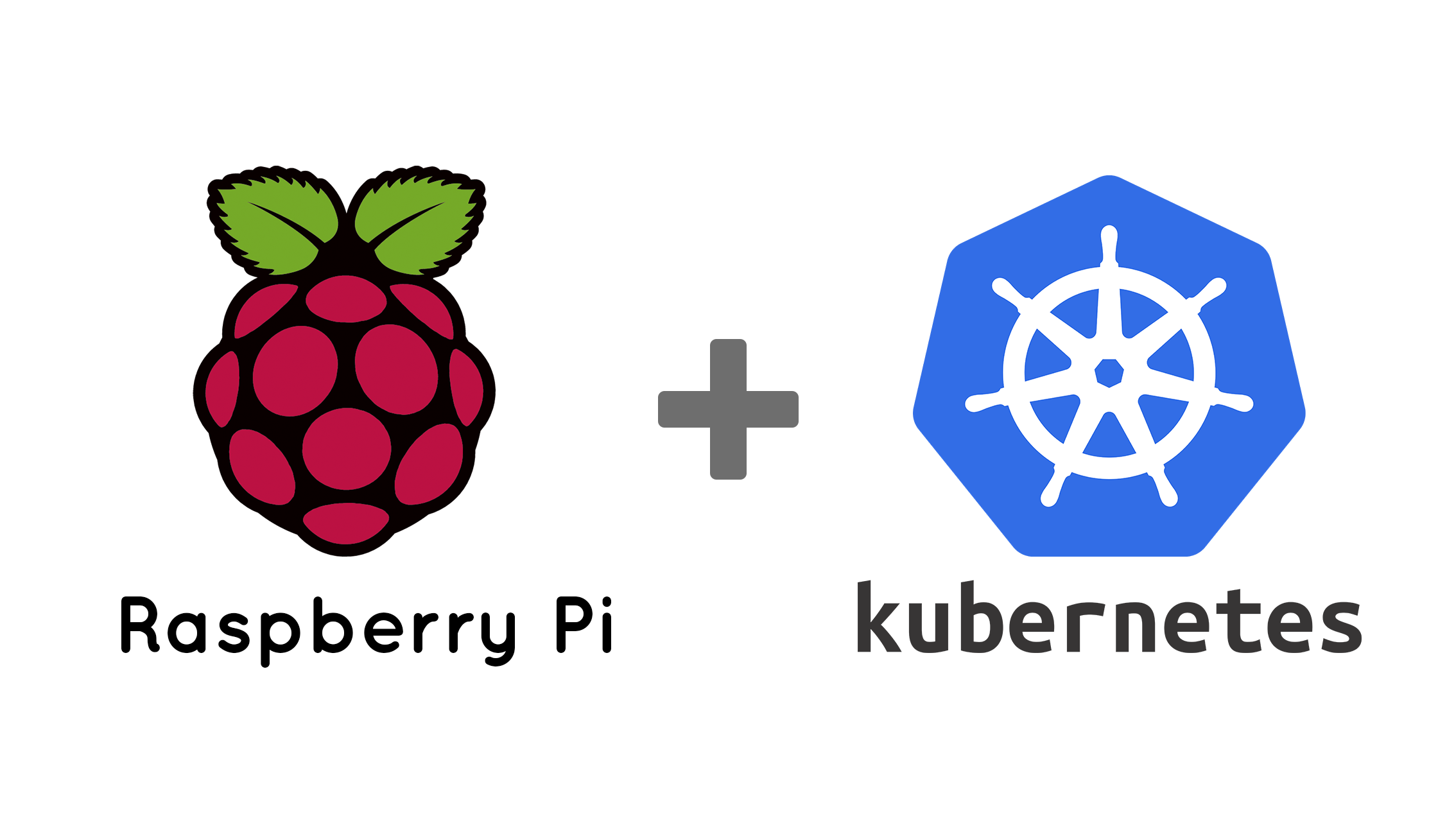
You can now join any number of machines by running the following on each node You should now deploy a pod network to the cluster. Sudo chown $(id -u):$(id -g) $HOME/.kube/config Sudo cp -i /etc/kubernetes/nf $HOME/.kube/config To start using your cluster, you need to run the following as a regular user: Your Kubernetes master has initialized successfully! Creating the "cluster-info" ConfigMap in the "kube-public" namespace Configured RBAC rules to allow certificate rotation for all node client certificates in the cluster Configured RBAC rules to allow the csrapprover controller automatically approve CSRs from a Node Bootstrap Token Configured RBAC rules to allow Node Bootstrap tokens to post CSRs in order for nodes to get long term certificate credentials Master raspberrypi tainted and labelled with key/value: /master="" Will mark node raspberrypi as master by adding a label and a taint

Storing the configuration used in ConfigMap "kubeadm-config" in the "kube-system" Namespace All control plane components are healthy after 59.514974 seconds If you are on a systemd-powered system, you can try to troubleshoot the error with the following commands: etcd-arm:3.1.12 (only if no external etcd endpoints are configured) So the kubelet cannot pull or find the following control plane images: Either there is no internet connection, or imagePullPolicy is set to "Never", The kubelet is unhealthy due to a misconfiguration of the node in some way (required cgroups disabled)


This might take a minute or longer if the control plane images have to be pulled. Waiting for the kubelet to boot up the control plane as Static Pods from directory "/etc/kubernetes/manifests". Wrote Static Pod manifest for a local etcd instance to "/etc/kubernetes/manifests/etcd.yaml" Wrote Static Pod manifest for component kube-scheduler to "/etc/kubernetes/manifests/kube-scheduler.yaml" Wrote Static Pod manifest for component kube-controller-manager to "/etc/kubernetes/manifests/kube-controller-manager.yaml" Wrote Static Pod manifest for component kube-apiserver to "/etc/kubernetes/manifests/kube-apiserver.yaml" Wrote KubeConfig file to disk: "/etc/kubernetes/nf" Valid certificates and keys now exist in "/etc/kubernetes/pki" Generated apiserver-etcd-client certificate and key. Generated etcd/healthcheck-client certificate and key. etcd/peer serving cert is signed for DNS names and IPs Generated etcd/peer certificate and key. etcd/server serving cert is signed for DNS names and IPs Generated etcd/server certificate and key. Generated front-proxy-client certificate and key. Generated front-proxy-ca certificate and key. Generated apiserver-kubelet-client certificate and key. apiserver serving cert is signed for DNS names and IPs Generated apiserver certificate and key. Suggestion: go get /kubernetes-incubator/cri-tools/cmd/crictl : docker version is greater than the most recently validated version.

WARNING: Adding a user to the "docker" group will grant the ability to runĬontainers which can be used to obtain root privileges on the Remember that you will have to log out and back in for this to take effect! If you would like to use Docker as a non-root user, you should now considerĪdding your user to the "docker" group with something like:
#Update docker and kubernetes on pi install
+ sh -c apt-get install -y -qq -no-install-recommends docker-ce >/dev/null + sh -c echo "deb stretch edge" > /etc/apt//docker.list Warning: apt-key output should not be parsed (stdout is not a terminal) + sh -c curl -fsSL "" | apt-key add -qq - >/dev/null + sh -c apt-get install -y -qq apt-transport-https ca-certificates curl >/dev/null


 0 kommentar(er)
0 kommentar(er)
